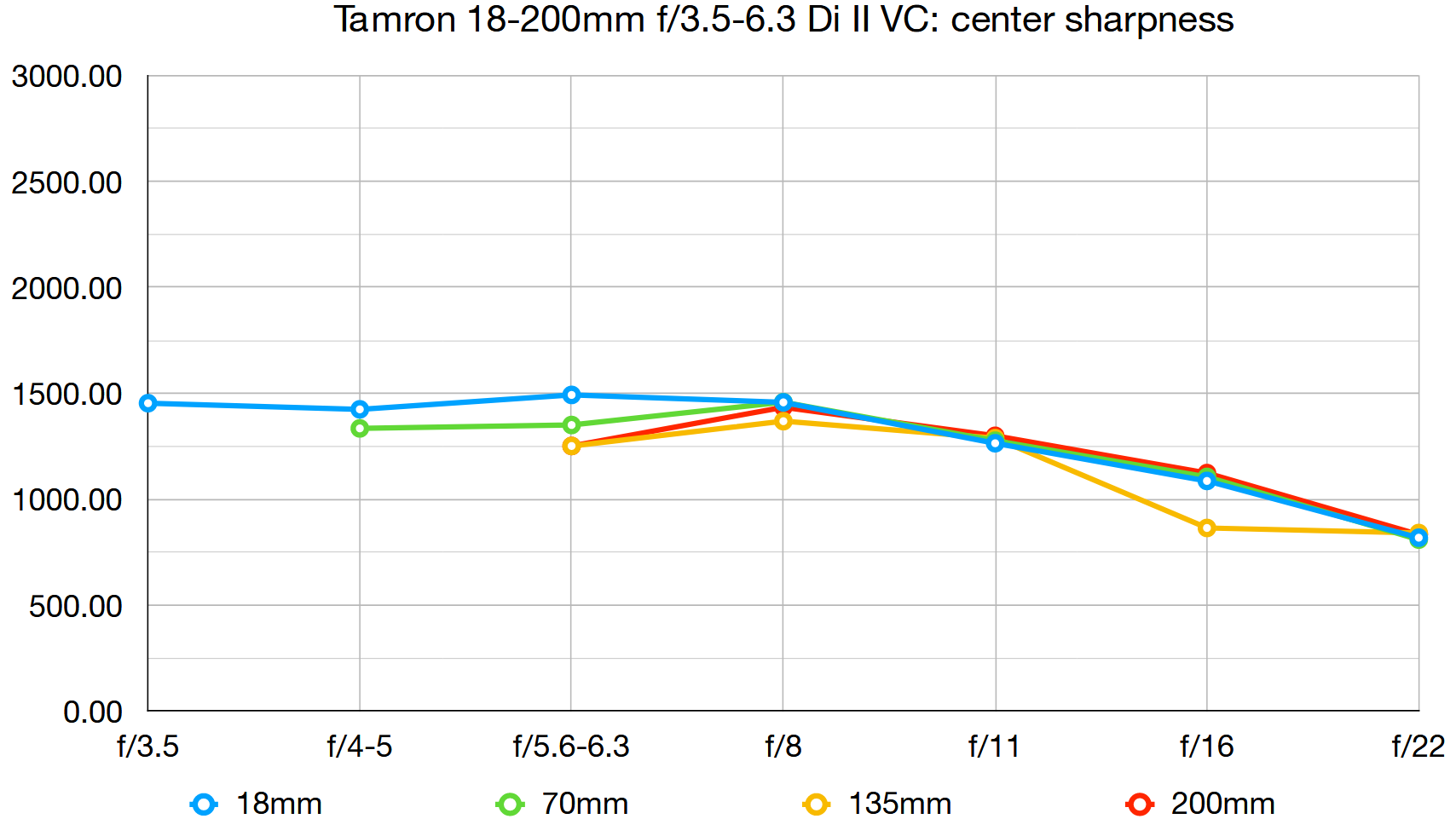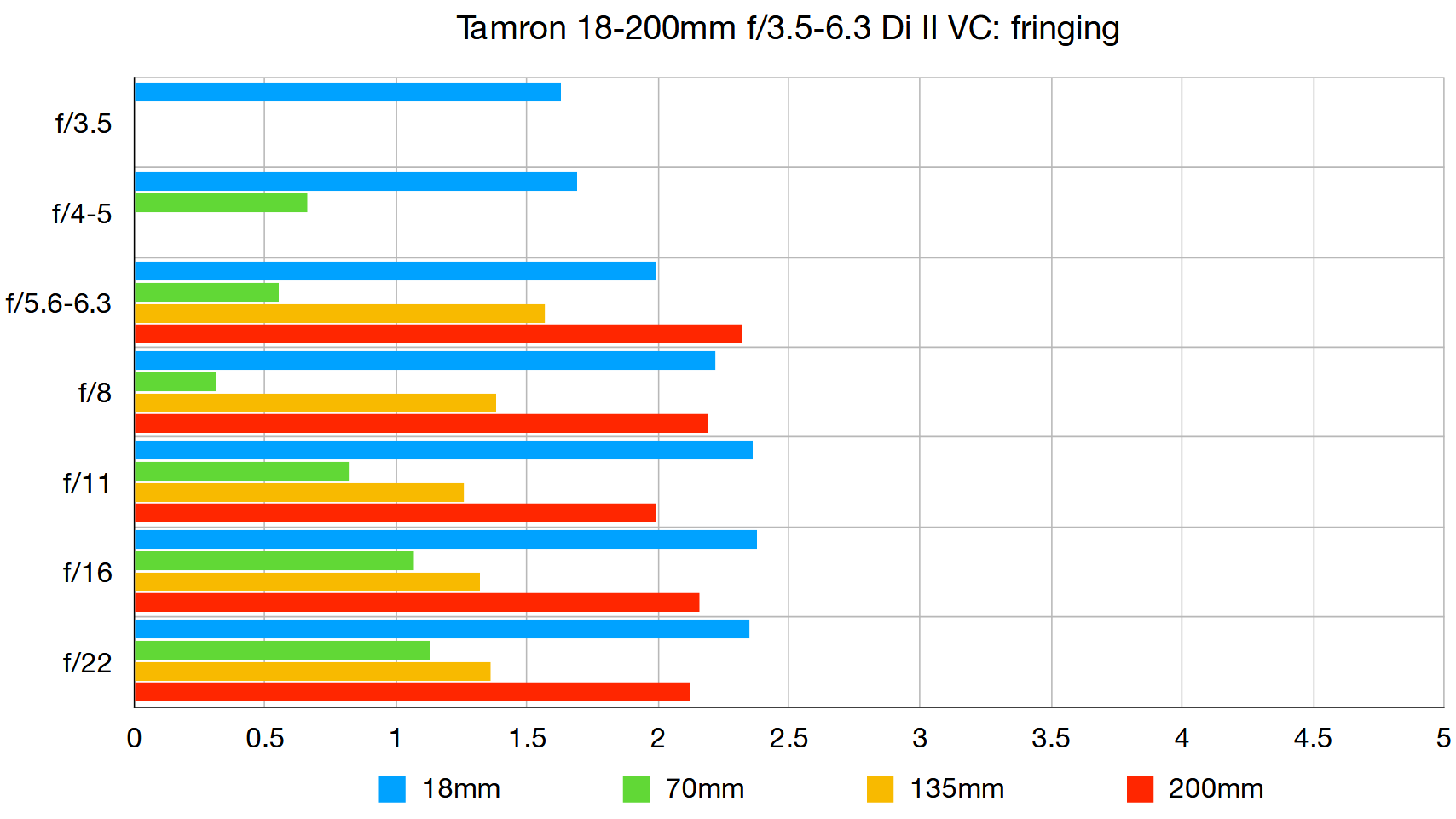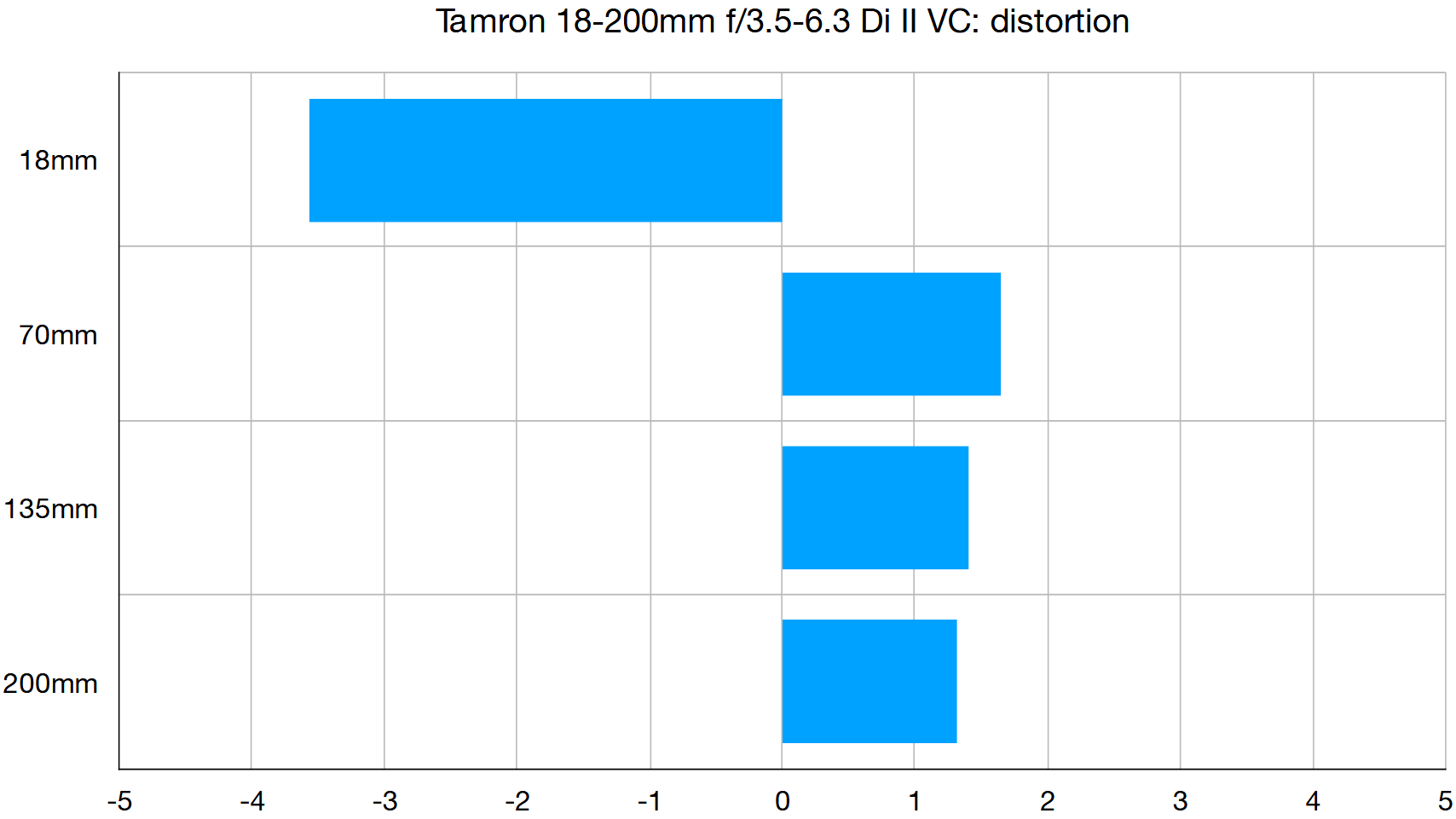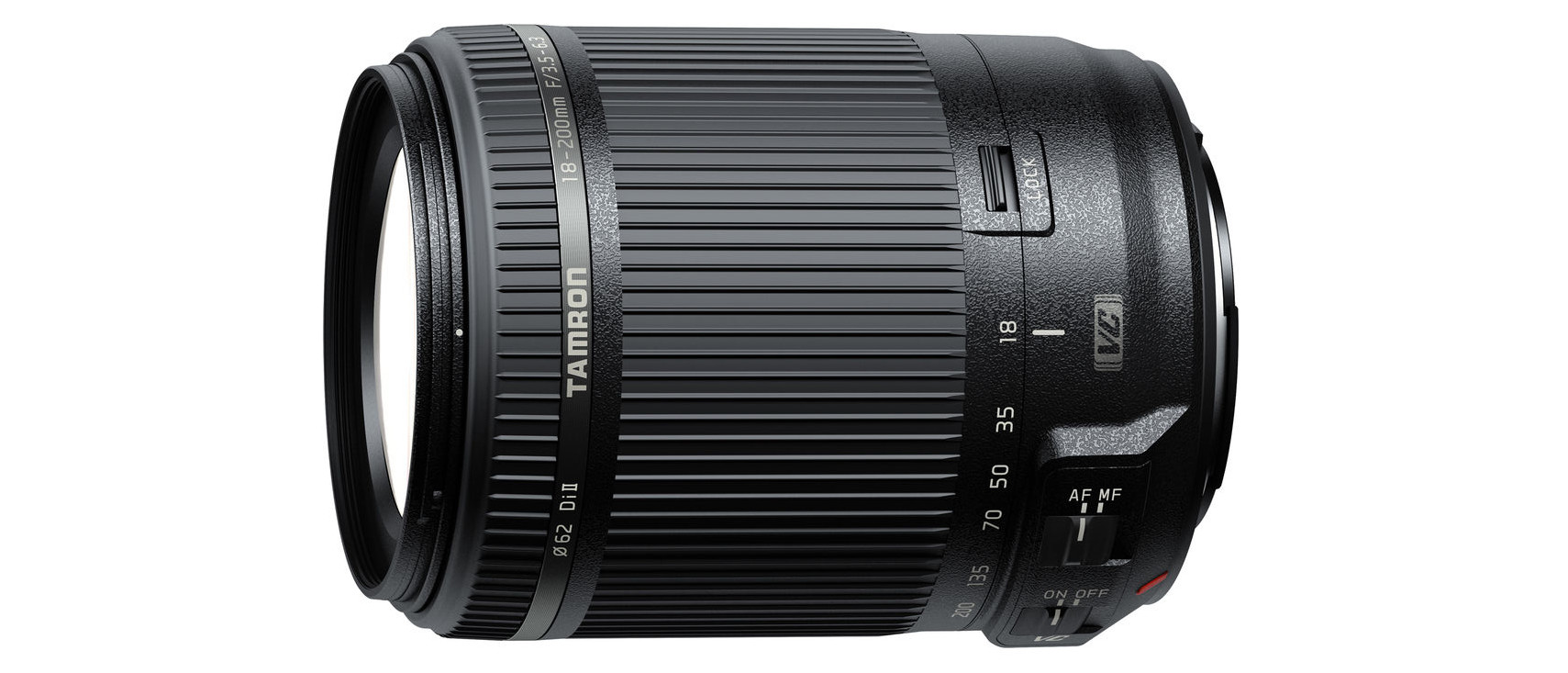Digital Camera World Verdict
This budget-friendly superzoom only has half the telephoto reach of Tamron’s 18-400mm lens but it’s comparatively tiny and very lightweight. Designed for Canon and Nikon APS-C format DSLRs, it has an ‘effective’ zoom range of 28.8-320mm and 27-300mm respectively. As such, it covers an expansive sweep of focal lengths in one convenient and very travel-friendly package, making it ideal as a travel or walkabout lens. It’s pretty sharp too, with good image quality for a superzoom. Overall, it’s a smart buy and standout value at the price.
Pros
- +
Compact and lightweight
- +
Good performance
- +
Effective optical stabilization
Cons
- -
Plastic mounting plate
- -
Focus ring rotates during autofocus
- -
No full-time manual AF override
Why you can trust Digital Camera World
The Tamron 18-200mm f/3.5-6.3 Di II VC is refreshingly affordable. For the sake of quality, most of us use standard zoom or prime lenses most of the time. If you’re going to splash out on a superzoom for casual snapping, it makes sense to keep the price down. This lens fits the bill nicely, as well as having a comfortably lightweight build.
Specifications
Mount: Canon EF, Nikon F
Full-frame: No
Autofocus: Yes
Stabilization: Yes
Lens construction: 16 elements in 14 groups
Angle of view: 75.5-8 degrees
Diaphragm blades: 7
Minimum aperture: f/22-40
Minimum focusing distance: 0.49-0.77m
Maximum magnification ratio: 0.25x
Filter size: 62mm
Dimensions: 75x97mm
Weight: 400g
Key features
This second edition of Tamron’s 18-200mm lens adds VC (Vibration Compensation) and boasts an upgraded autofocus system. It’s still based on an electric motor but with an integrated gear train that runs more quietly than in the original lens. As with the competing Sigma 18-200mm and 18-300mm superzooms, the focus ring rotates during autofocus and can’t be used for full-time manual override.
The newer Tamron is also 30g lighter in weight than its predecessor, despite being a little larger, weighing in at just 400g. This is mostly due to the fitment of a plastic rather than metal mounting plate, similar to those used in some own-brand Canon and Nikon entry-level lenses. Even so, the mount should be perfectly durable and, more unusually for a plastic plate, the Tamron’s features a rubber weather-seal gasket to minimize the ingress of dust and moisture between the lens and the camera body.
Performance
The optical stabilizer has a respectable effectiveness equivalent to about 4-stops but autofocus speed is pretty sluggish, although it’s generally very accurate. Color fringing and distortions are less pronounced than in many superzoom lenses, and sharpness is more consistent throughout the zoom range.
Lab results
We run a range of lab tests under controlled conditions, using the Imatest Master testing suite. Photos of test charts are taken across the range of apertures and zooms (where available), then analyzed for sharpness, distortion and chromatic aberrations.
We use Imatest SFR (spatial frequency response) charts and analysis software to plot lens resolution at the center of the image frame, corners and mid-point distances, across the range of aperture settings and, with zoom lenses, at four different focal lengths. The tests also measure distortion and color fringing (chromatic aberration).
Sharpness:


Levels of center-sharpness are pretty good for a superzoom lens and don’t drop off too much at the long end of the range. Extreme edge/corner-sharpness is comparatively lackluster.
Fringing:

Color fringing is fairly minimal in the 24-100mm sector of the zoom range but can be a noticeable when uncorrected towards the short and long ends.
Distortion:

Barrel distortion is typically noticeable for a superzoom at the shortest focal length but there’s only fairly minimal pincushion at mid-to-long zoom settings.
Verdict
This budget-friendly superzoom only has half the telephoto reach of Tamron’s 18-400mm lens but it’s comparatively tiny and very lightweight. Designed for Canon and Nikon APS-C format DSLRs, it has an ‘effective’ zoom range of 28.8-320mm and 27-300mm respectively. As such, it covers an expansive sweep of focal lengths in one convenient and very travel-friendly package, making it ideal as a travel or walkabout lens. It’s pretty sharp too, with good image quality for a superzoom. Overall, it’s a smart buy and standout value at the price.
Read more:
• Best camera lenses to get
• Best Canon lenses
• Best Nikon lenses
• Best Sony lenses
Matthew Richards is a photographer and journalist who has spent years using and reviewing all manner of photo gear. He is Digital Camera World's principal lens reviewer – and has tested more primes and zooms than most people have had hot dinners!
His expertise with equipment doesn’t end there, though. He is also an encyclopedia when it comes to all manner of cameras, camera holsters and bags, flashguns, tripods and heads, printers, papers and inks, and just about anything imaging-related.
In an earlier life he was a broadcast engineer at the BBC, as well as a former editor of PC Guide.


